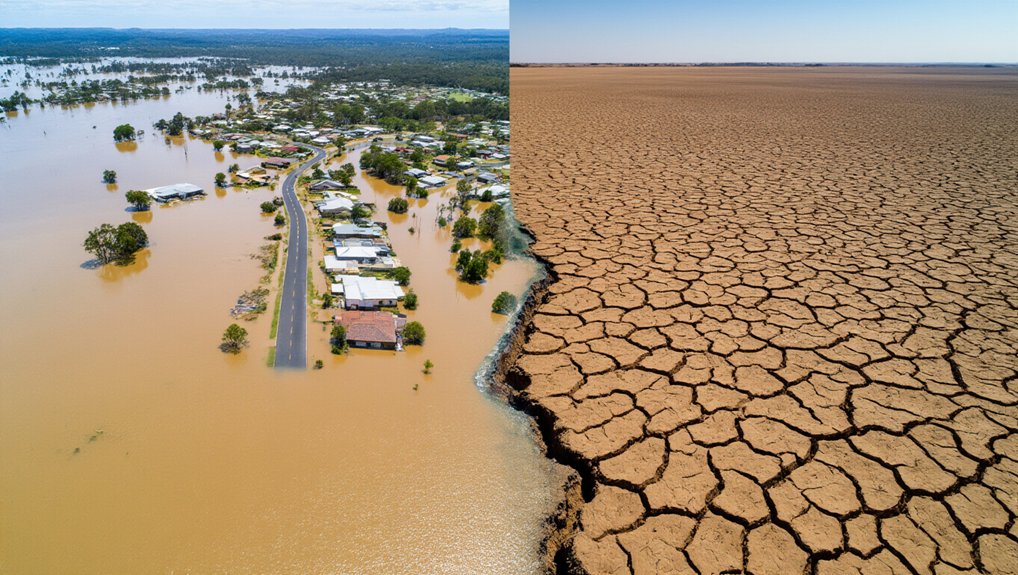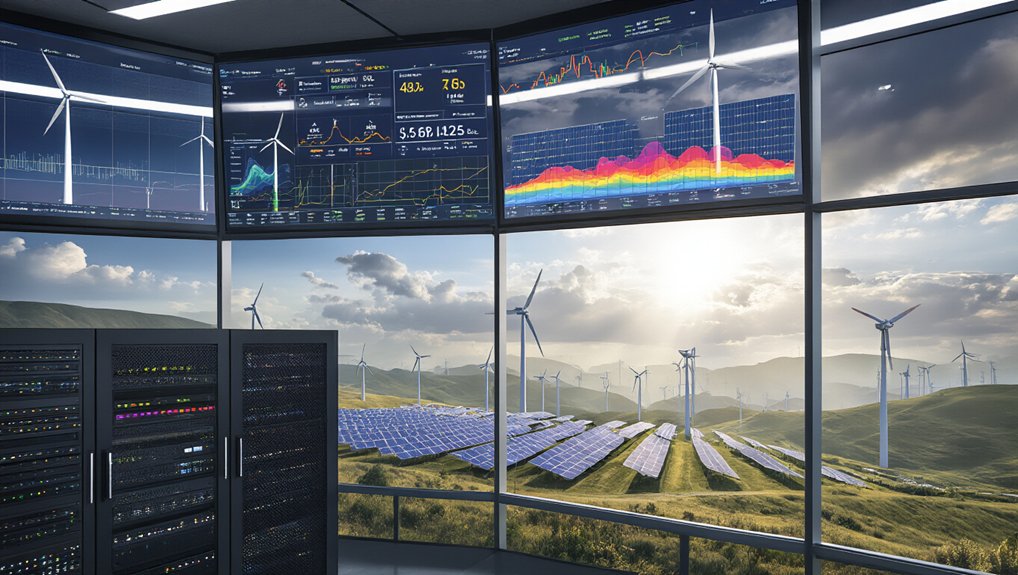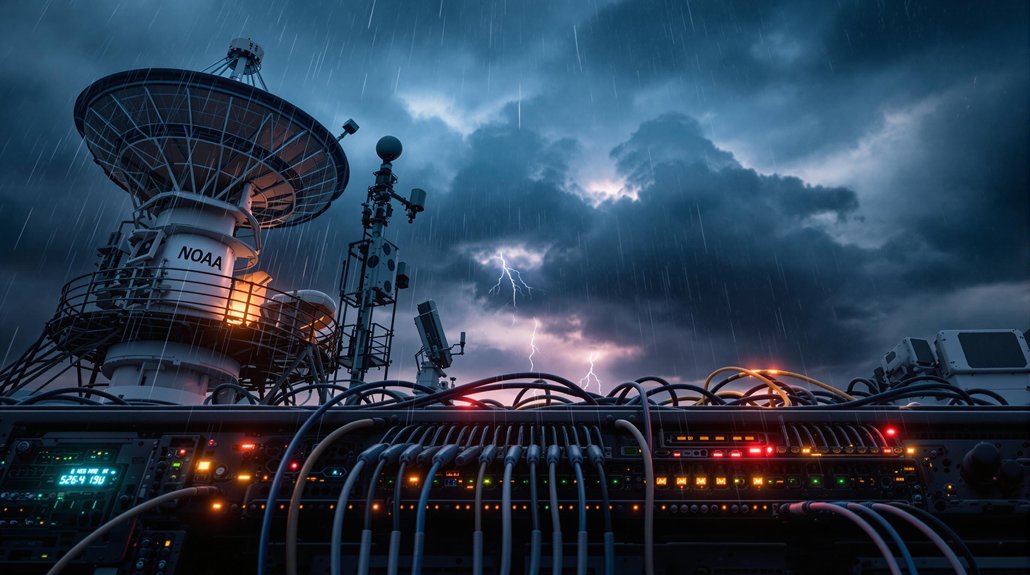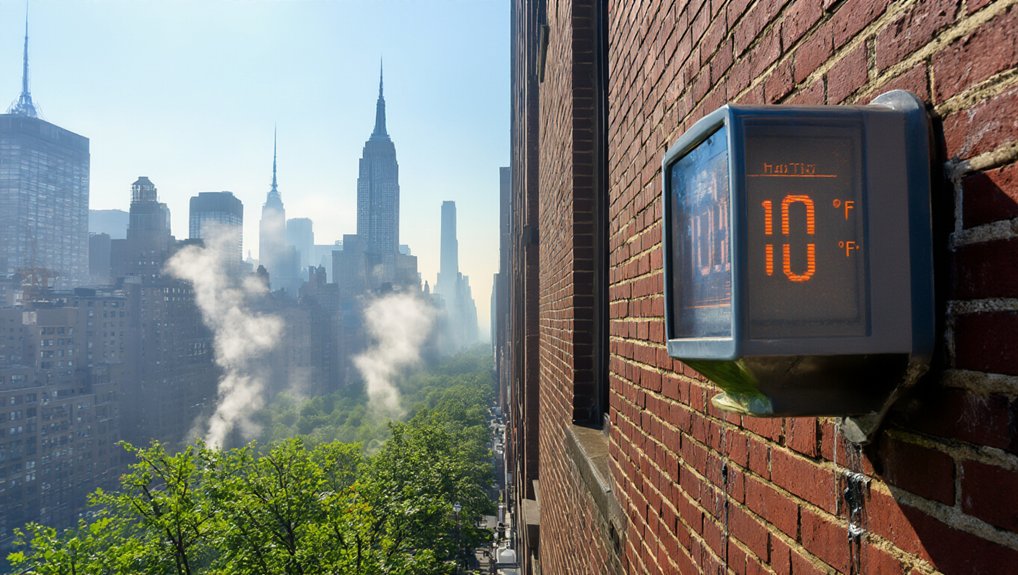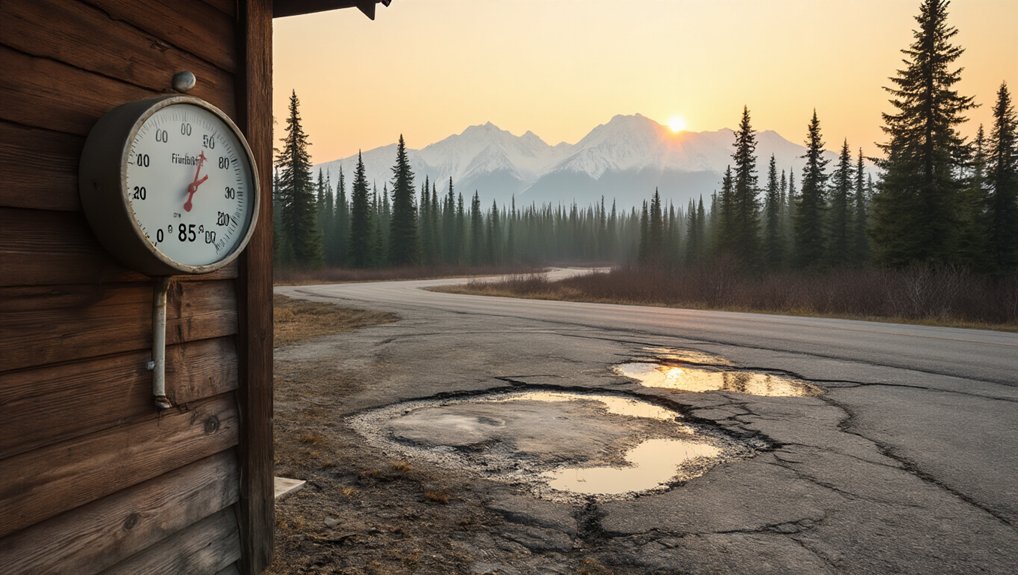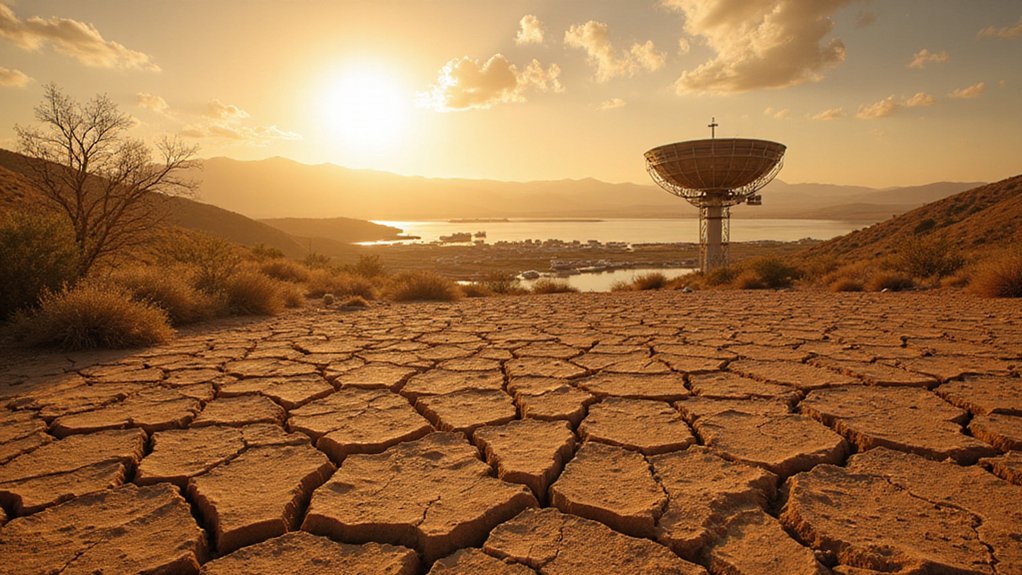While Australia has long battled the harsh extremes of its unforgiving climate, the continent’s 2025 weather patterns have left scientists and citizens equally baffled. The country is literally drowning and parching simultaneously. Seriously. Northern regions are underwater while the south begs for rain. Mother Nature’s sick joke, apparently.
Early 2025 brought what experts call “virtually unprecedented” concurrent extremes. Queensland towns got absolutely hammered—Townsville received six months’ worth of rain in three days. Not a typo. Meanwhile, South Australia, Victoria, and Tasmania recorded their driest 15-month period ever, with less than 20% of normal rainfall from January to April. Talk about climate whiplash.
The numbers tell a brutal story. Northeastern Queensland saw over 100 centimeters of rain in early 2025, with Cardwell Range drowning under nearly 170 centimeters in a single week. That’s almost 67 inches for the metrically challenged.
And what about the south? Crickets. Just dust storms and empty reservoirs by April.
This north-south split has stretched emergency services to breaking point. Flood evacuations in New South Wales while drought conditions created economic nightmares elsewhere. Hard to fight fires when you’re busy with flood rescues, right?
Climate scientists point to changing monsoon patterns as a potential culprit. Research spanning 150,000 years indicates monsoon intensity is increasing—great news if you enjoy being flooded out of your home. Scientists attribute this partially to a warmer atmosphere that holds more moisture, increasing rainfall intensity by about 7% for every degree Celsius of warming. The weakening of the Gulf Stream in the Atlantic Ocean is directly connected to Heinrich events that trigger more intense monsoon activity in northern Australia.
The Indo-Australian monsoon system affects millions across the Southern Hemisphere, and it’s clearly having a moment.
By July 2025, southern regions remained in crisis despite minor rainfall in June. Water storages hit critical lows. Farmers watched crops die. Towns implemented severe water restrictions.
All while northern Australians traded cars for boats.
The simultaneous extremes paint a concerning picture of Australia’s climate future. One half drowning, one half parched. It’s the new normal, experts say. Lucky country? Not when it comes to weather in 2025.
References
- https://www.earlywarningnetwork.com.au/news/floods-and-droughts-the-concurrent-climate-crises-in-australia
- http://www.bom.gov.au/climate/drought/
- https://earthobservatory.nasa.gov/images/153914/rainy-stormy-days-in-queensland
- https://news.flinders.edu.au/blog/2025/07/09/tree-pollen-reveals-150000-years-of-monsoon-history-in-northern-australia/
- https://phys.org/news/2025-07-tree-pollen-reveals-years-monsoon.html
